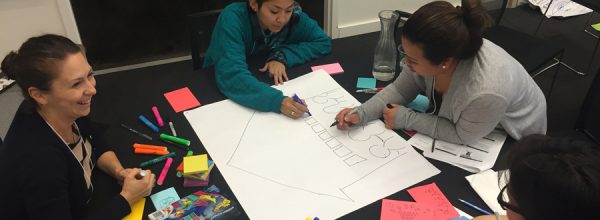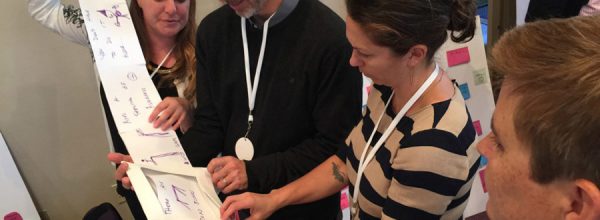Learning how to improve the patient care process is hard. I recently saw a statistic from Robert Cooper, an innovation process expert, that suggested that for every seven new projects that we think about only 1.5 are launched, and only one succeeds.

What’s behind these failures? Think of the famous line from Anna Karenina: “Happy families are all alike; every unhappy family is unhappy in its own way.” The same principle applies to the innovation family. A lot has to go right for a project to succeed, but not much has to go wrong for it to fail.
Five ways an innovation project can fail:
- Thinking only in the short term. Many of us are most concerned with immediate productivity and taking care of the patients that arrive at your door. This means that resources are committed to getting through the day instead of innovation.
- Getting stuck in habits. When I get home at the end of the day, I always drop whatever I am carrying, say hello to my miniature “attack” schnauzer, take her for a walk, feed her, and then set up my coffee for the morning. I have done these things in this order for a long time, and I know as well as anyone how difficult it is to change up a set rhythm. Is there a more efficient way to organize these tasks? Probably, but when you have years of momentum as my dog and I do, one starts to think “why change?” Or worse, one stops thinking about change at all.
- Fear of failure. In my life I have tried lots of new things and had a number of spectacular failures. Along the way I’ve had sufficient successes to reward me for continuing to try out new stuff. This is not always the case in healthcare settings, and we often let a few experiences with failure deter us from trying approaches we aren’t positive will work.
- An unclear innovation process. Innovation has to be done in a systematic way. If you don’t establish a clear process around innovation, this lack of process will lead to lack of structure and without both innovation will not happen on a regular and recurring basis.
- Patients reject the innovation. This will often be true in the first few iterations of what you are trying to do. We seldom get things right the first time, but if patients react poorly to our change we may let that initial reaction stop us from pursuing new iterations.
Innovation is all about thinking long term, developing new habits, failing fast and often, defining a process and iterating over and over again. Like keeping a family happy, that’s a lot to juggle.
The good news is that innovation is a very powerful model. If we can avoid these missteps, it enables us to make the disruptive changes required today to keep taking care of our patients. The other good news is: you aren’t alone. Lots of organizations are taking on similar work, and by learning from each other we have a better shot at keeping our whole extended safety net family happy.





